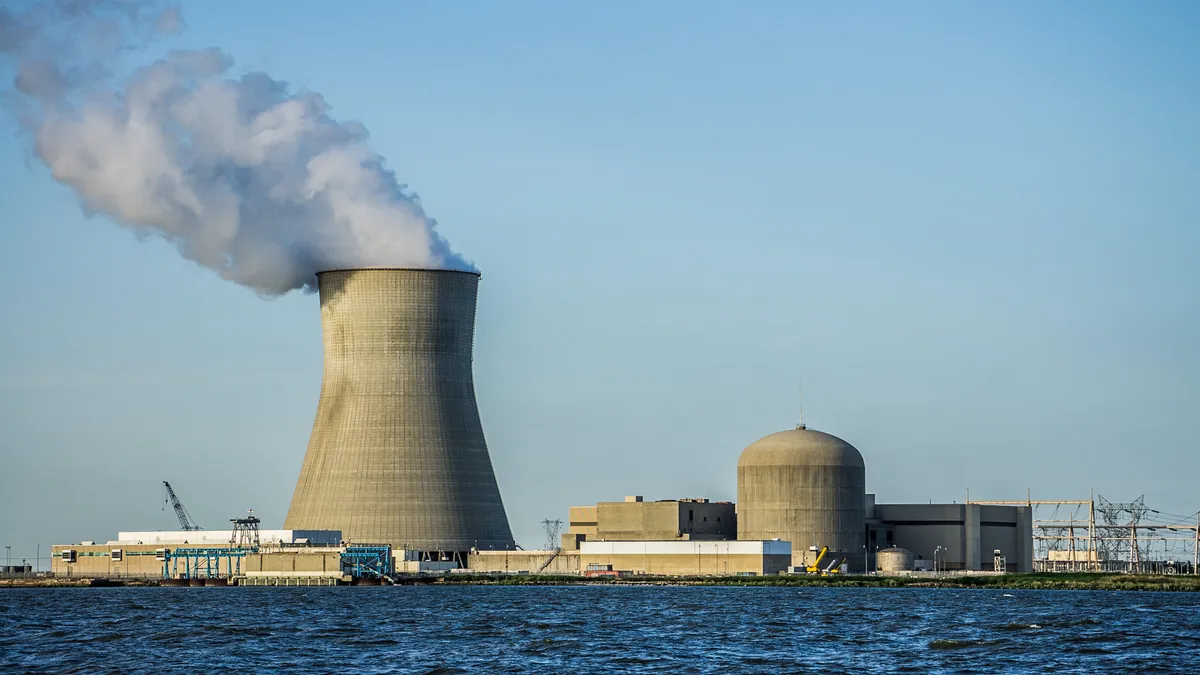Data centers could drive 35 GW of incremental load growth through the end of the decade, creating opportunities for existing nuclear generating plants to ink supply deals with nearby facilities, S&P Global Ratings said in a June 10 research note. Nuclear operators poised to take advantage include Constellation Energy Group, PSEG Power and Vistra.
Data centers could consume 9% of the United States’ electricity generation by 2030 — double the amount today, according to the Electric Power Research Institute. And data centers are only one part of the U.S. load growth story, with electrification and hydrogen production also driving grid use, the ratings agency said.
“While this demand narrative could be oversold, or likely not translate into corresponding supply additions because of infrastructure constraints, there is no denying that demand is increasing for the first time in nearly two decades,” S&P said. “Recognizing the demand surge, power prices in almost all markets are higher,” compared with 2023.
Those higher prices are creating opportunities for nuclear operators to serve data center loads that co-locate nearby. The nuclear facility can book a long-term power purchase agreement with pricing above wholesale market rates, while data centers “will save transmission and distribution grid charges,” S&P said.
Talen Energy’s deal with Amazon Web Services may provide a model for such opportunities, S&P said. Talen constructed a data center near its Susquehanna nuclear energy plant in Pennsylvania and subsequently sold the facility to Amazon, along with a 10-year power supply contract.
“We think it is reasonable to expect that this will be replicated,” S&P said, pointing to Constellation Energy, PSEG Power and Vistra as possible candidates with their own dual-unit sites.
Public Service Enterprise Group is in talks to supply data centers with capacity from the Hope Creek and Salem nuclear power plants in southern New Jersey, President, Chair and CEO Ralph LaRossa said in April.
“We think that nuclear complexes such as the Salem and Hope Creek generation stations are potential candidates. They have adequate interconnection, significant generation redundancies, and are ideally located to provide edge computing near load centers,” S&P said.
Constellation, the largest nuclear operator in the U.S., is considering building advanced reactors at existing plants to power data centers. Vistra is reportedly in talks with data center operators in Texas and Ohio.
While the nature of the data center co-location supply deal may change — S&P said it has heard of gas-generation backed data centers being considered in Texas — “we will be surprised if there are no transactions announced in 2024,” the firm said.
Some observers have called for caution, however, regarding data center co-location agreements.
“The emergence of data center co-location at existing generation facilities is a business arrangement that raises questions that should be explored regarding issues of basic fairness for all customers on the grid,” Tony Clark, a senior advisor at the law firm of Wilkinson Barker Knauer and a former commissioner with the Federal Energy Regulatory Commission, told a House subcommittee this month.
“Under such an arrangement, the data center is directly served by an existing generator, taking some portion of the unit’s capacity out of the supply stack that was otherwise serving all customers in a regional grid,” he said. “Regulators and policymakers must scrutinize how these deals will impact other customers and the public interest at-large.”















